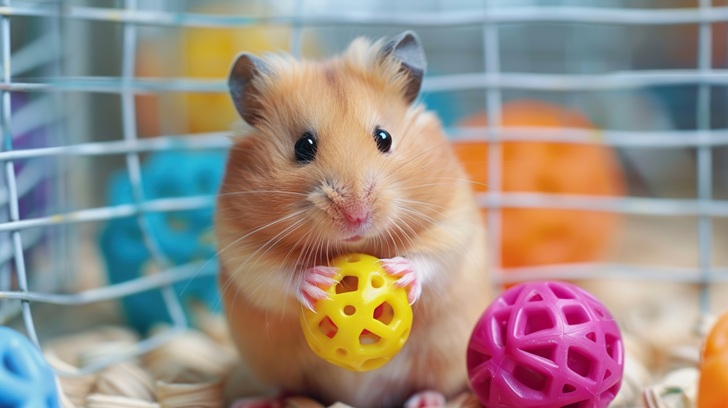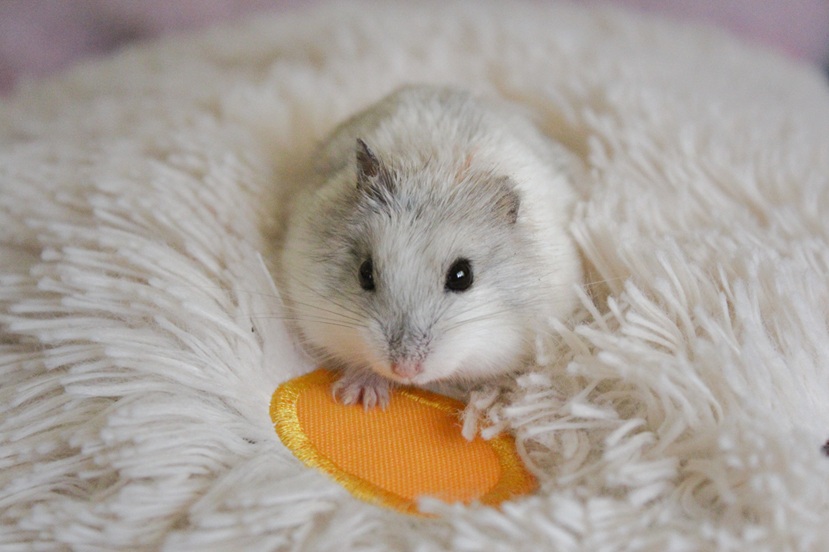Giants of the Microcosm: Exploring the Wonders of Earth’s Tiniest Creatures (Pygmy Gecko)
Beneath the macrocosm that humans take for granted lies a microcosm brimming with wonders. Here reside Earth’s tiniest animal inhabitants—so small they slip through our fingers and vanish from our sight, yet they unfold epic life stories in their own miniature world. These diminutive creatures challenge our traditional understanding of “animals,” showcasing the ultimate adaptability and diversity of life.
When we talk about “the smallest animals in the world,” we first need to clarify a biological concept: What is an animal? An animal must be a multicellular organism capable of independent movement and heterotrophic nutrition (feeding on other organisms). This excludes unicellular life forms like bacteria and viruses, even though they are far smaller. With this definition in mind, let’s embark on a fascinating journey to explore the world of microscopic animals.

At the threshold of visibility lives a group of tardigrades, also known as “water bears.” Ranging from 0.05 to 1.5 millimeters in length, they can only be observed under a microscope. These eight-legged creatures resemble tiny bears, hence their common name. What makes tardigrades extraordinary is not just their size, but their astonishing survival abilities. They can withstand extreme temperatures—from near absolute zero at -272°C to boiling water at 150°C—resist radiation doses lethal to other animals, and even survive in the vacuum of outer space. When conditions deteriorate, they enter a near-death state called “cryptobiosis,” where metabolism grinds to a near halt, allowing them to revive decades later upon rehydration. These tiny organisms have redefined the resilience of life with their tenacity.
Delving deeper into the microscopic scale, we encounter rotifers. These multicellular organisms typically measure 0.1 to 0.5 millimeters long, yet they possess complete digestive systems, nervous systems, and even brains. Their most striking feature is the ciliary corona on their heads; when the cilia rotate, they resemble spinning wheels, giving rotifers their name. Rotifers employ a unique reproductive strategy—some species have no males at all, with females reproducing asexually through parthenogenesis, a rare trait in the animal kingdom. Found in freshwater environments worldwide, a single drop of pond water can harbor an entire rotifer community, making them a crucial link in aquatic food chains.

However, the true contenders for the title of “smallest animal” are far smaller than rotifers. In 2012, scientists discovered a species of lizard in coastal Puerto Rico known as the pygmy gecko. Adult individuals measure a mere 1.6 centimeters in length, earning them the title of “sprites of the reptile world.” Yet even these tiny vertebrates seem massive compared to certain invertebrates.
Some parasitic wasps, such as fairyflies, reach a mere 0.2 millimeters in adulthood—smaller than some unicellular protozoans. They lay their eggs inside the eggs of other insects, and the larvae feed on the host egg’s nutrients after hatching. This extreme parasitic strategy requires female wasps to locate and identify appropriately sized host eggs, demonstrating the intricate ecological relationships in the microscopic world.
In our exploration of microscopic animals, we must mention myxozoans—a group of tiny parasites once classified as protozoans but later reclassified as animals. Some species consist of only a handful of cells during their life cycle, challenging traditional notions of multicellular complexity.

So, what is the lower limit of animal size? Biological research suggests that animal size is constrained by basic physiological processes. An animal must have enough cells to form essential organ systems and sufficient surface area for gas exchange and nutrient absorption. Calculations indicate that the minimum volume required to sustain basic metabolic functions is roughly equivalent to that of several hundred cells. Thus, animals composed of just a few thousand or even hundreds of cells are already approaching the theoretical limit of life’s miniaturization.
These microscopic animals play indispensable roles in ecosystems. Many act as decomposers, breaking down organic matter to release nutrients and sustain ecological cycles. Others are predators, regulating populations of bacteria and protozoans. Still, others serve as food sources for larger organisms, bridging the food web between the microcosm and macrocosm. Without these tiny creatures, Earth’s entire ecological system would collapse.
Research on microscopic animals has also yielded technological insights. Scientists are studying tardigrades’ cryptobiotic mechanisms, hoping to apply this knowledge to organ transplant preservation and space travel. Studies on rotifer reproduction offer unique perspectives in reproductive biology, while understanding how these organisms construct complete life systems at the microscopic scale provides valuable inspiration for nanotechnology.
In human health, some microscopic parasitic animals pose significant challenges. For example, Onchocerca volvulus—the causative agent of river blindness—has larvae small enough to migrate through human skin, eventually accumulating in the eyes and causing blindness. Understanding the life cycles of these tiny parasites is crucial for developing prevention and treatment methods.
Advancements in microscopy and molecular biology have enabled scientists to discover new species of microscopic animals continuously. Every deep-sea expedition and every rainforest soil sample may reveal previously unknown forms of microscopic life. These discoveries not only enrich our understanding of biodiversity but also help us unravel the fundamental laws of life.
Standing at the intersection of the microcosm and macrocosm, we cannot help but marvel at the wonders of life. Despite their negligible size, these microscopic animals carry the same genetic code as larger creatures. Their existence reminds us that the value of life is not determined by size—every species is a unique creation in the evolutionary journey, holding an irreplaceable place in Earth’s ecology.
Next time you see a dewdrop or a handful of soil, take a moment to ponder: within that seemingly simple droplet, how many legendary stories of microscopic life are unfolding? These smallest animals on Earth, with their exquisite life forms, showcase the boundless creativity of natural selection and the ultimate limits of life’s adaptability. In the microcosm, they are truly giants, holding the grand answers to the mysteries of life.





